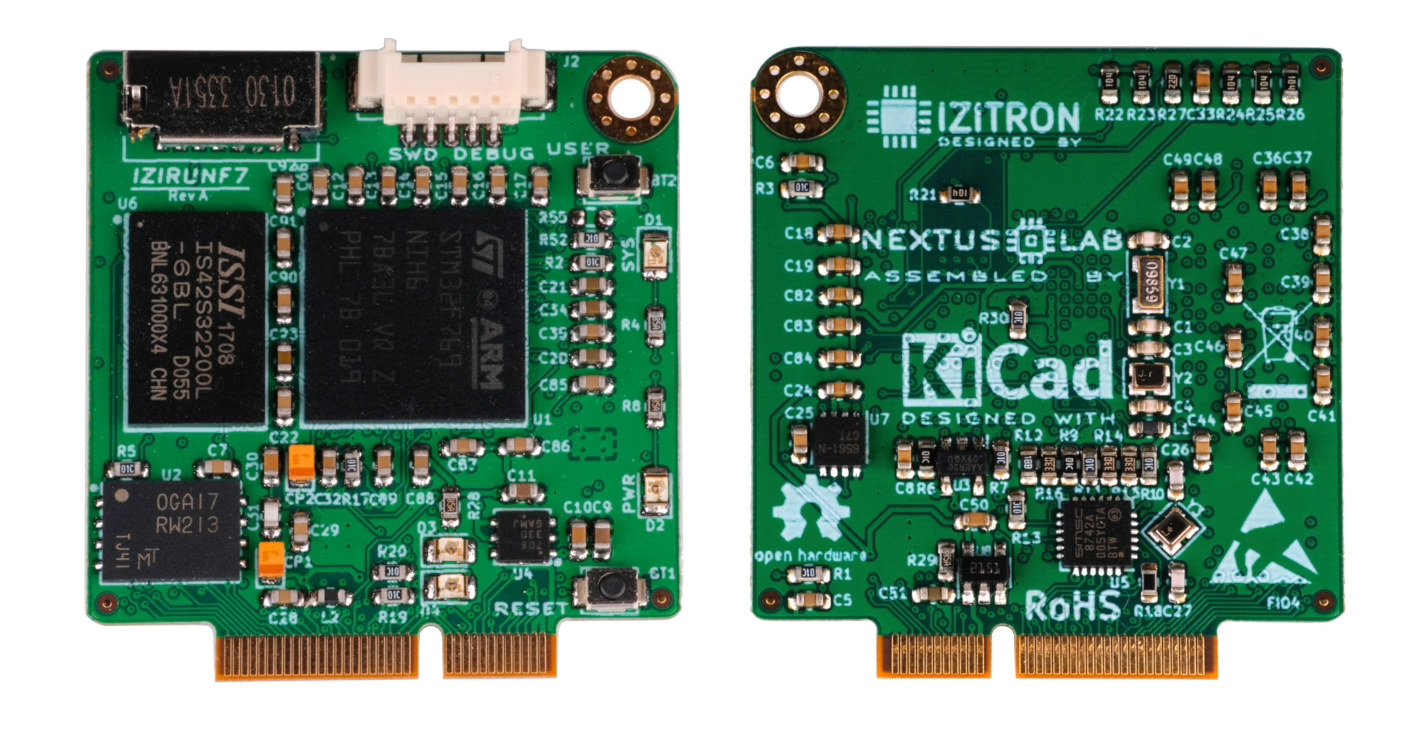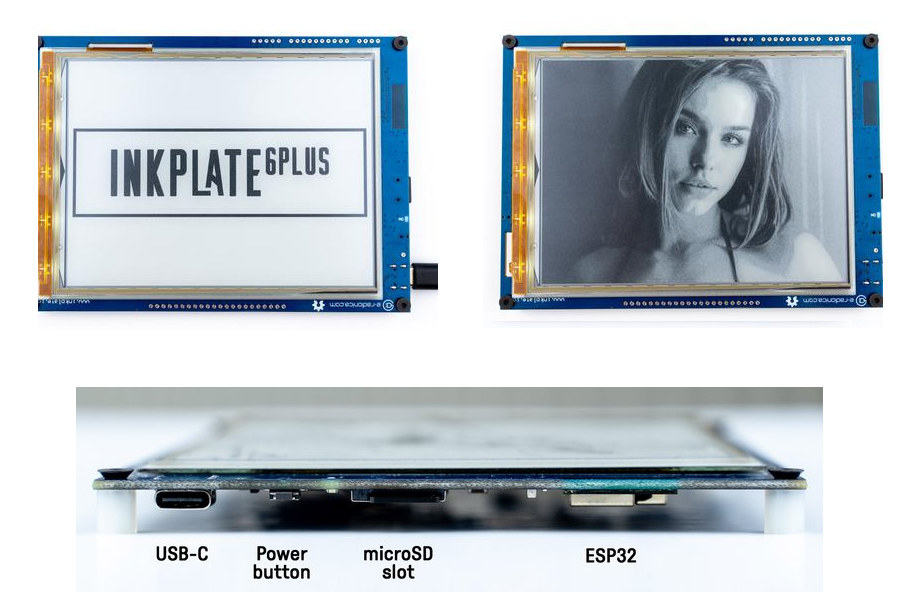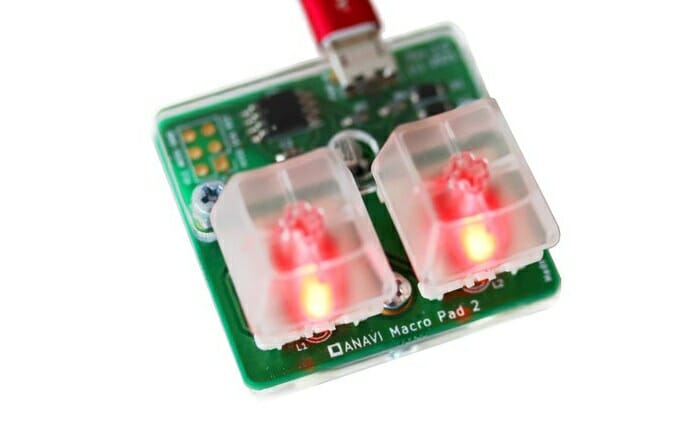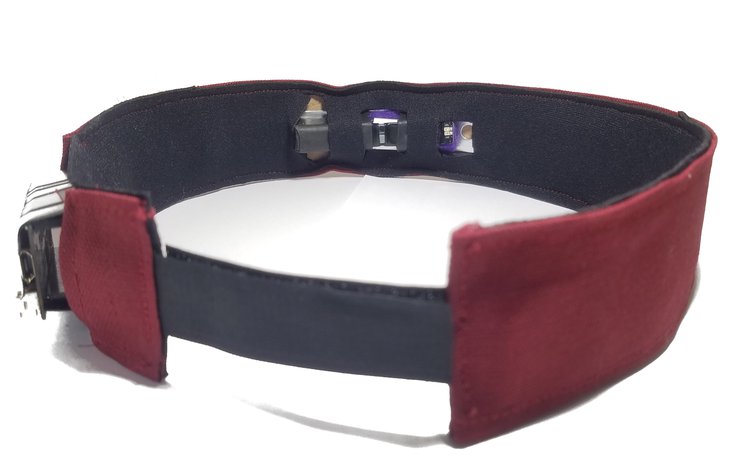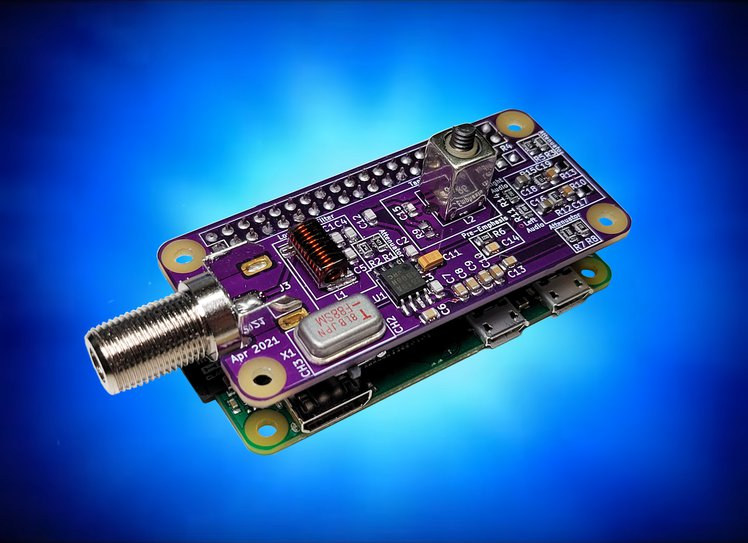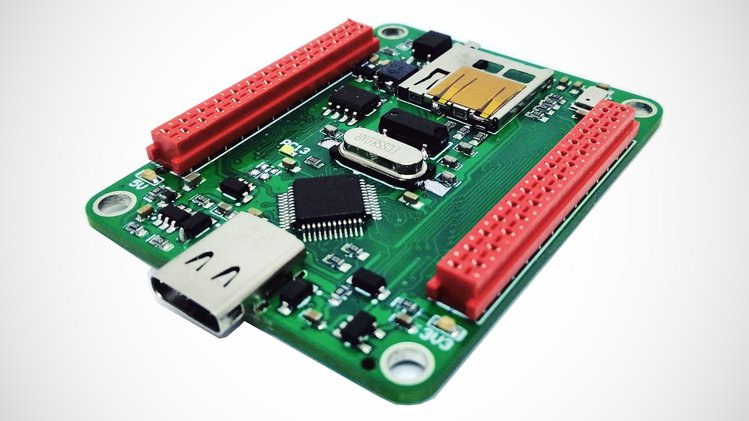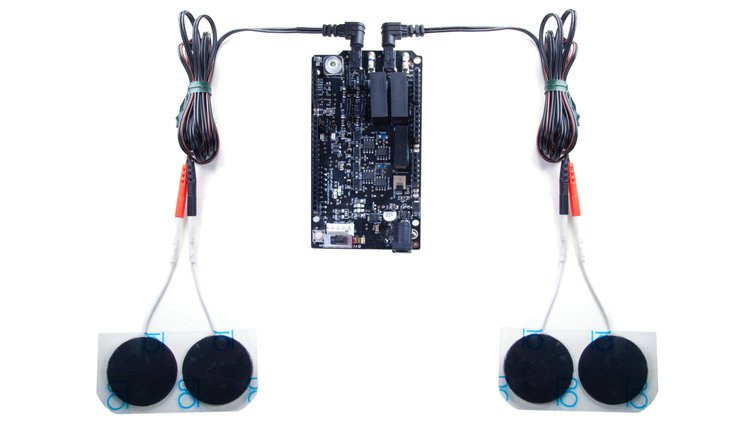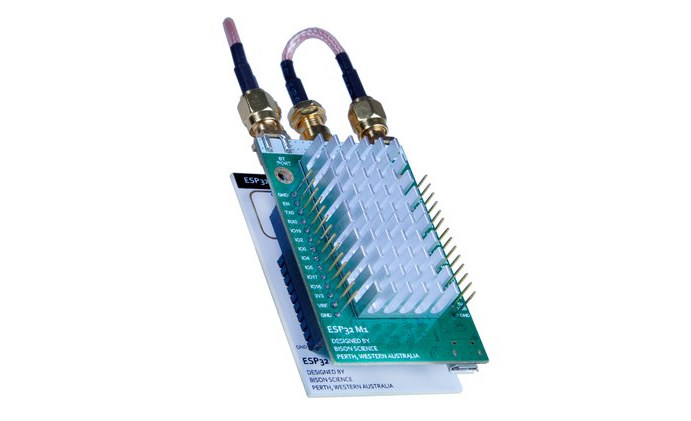M.2 sockets are typically used to connect wireless or storage expansion boards to laptops, computers, and SBC’s. But nothing precludes them from being used for another purpose, and earlier this year we wrote about Sparkfun MicroMod MCU boards with an M.2 connector for GPIOs, I2C, SPI, etc… IZITRON has expanded the concept with three slightly larger (IZIRUN) STM32 boards routing more IOs to the M.2 connector, and additional features such as built-in EEPROM and buttons. IZIGOBOARD carrier board is then used to host the STM32F0, STM32F4, or STM32F7 board in order to ease development. IZIRUN STM32 development boards IZIRUN boards specifications: Microcontroller IZIRUNF0 – STMicro STM32F030CCT6 Cortex-M0 MCU @ 48 MHz with 256KB flash, 32 KB SRAM IZIRUNF4 – STMicro STM32F407VET6 Cortex-M4 MCU @ 168 MHz with 512KB flash, 192KB SRAM IZIRUNF7 – STMicro STM32F769NIH6 Cortex-M7 MCU @ 216 MHz with 2MB KB flash, 532KB SRAM On-board RAM – IZIRUNF7 […]
Inkplate 6PLUS ESP32 ePaper display gets higher resolution, a touchscreen, a frontlight (Crowdfunding)
Inkplate 6PLUS is an updated version of Inkplate 6 ESP32 powered 6-inch ePaper display that was introduced in 2019, wand comes with a higher 1024 x 758 resolution, and the addition of a touchscreen and a frontlight. Just like the original product, Inkplate 6PLUS makes use of recycled e-paper displays without thousands of screens currently in stock. Refresh performance per pixel is faster and similar to Inkplate 10, which leads to a complete screen refresh being about as fast as on the original Inkplate 6 despite the higher resolution. Inkplate 6PLUS specifications: Wireless module – ESP32 WROVER module with dual-core ESP32 processor with Wi-Fi 4 & Bluetooth 4.0 (BLE) connectivity, 8MB PSRAM, 4MB flash External storage – MicroSD card socket Display – 6-inch, 1024 x 758 e-paper display with support for grayscale, partial updates, and quick refresh cycles 1.27 second refresh time in black & white mode 1.52 second refresh […]
2-key mechanical USB keypad runs QMK firmware (Crowdfunding)
System76 Launch high-end customizable keyboard for PC’s that we covered earlier this week, and ANAVI Macro Pad 2 2-key mechanical USB keypad should not have anything in common, but they do to some extent. Both happen to feature backlit mechanical keys, are open-source hardware, and run the same Quantum Mechanical Keyboard Firmware (QKM) open-source firmware. ANAVI Macro Pad 2 specifications: MCU – Microchip ATtiny85 8-bit AVR microcontroller with 8 KB ISP Flash memory, 512 bytes EEPROM, 512 bytes SRAM Keys – Two Gateron Red mechanical switches with 3 mm LED backlighting and translucent keycaps Host connection – MicroUSB port Dimensions – 40×38 mm OSHWA certification – BG000077. ANAVI Technology says the key is compatible with Windows, MacOS, and GNU/Linux support, but as a USB keypad, it should probably just work with any host device supporting the USB HID class. ANAVI Macro Pad 2 is a smaller version of the earlier […]
HEGduino V2 supports fNIRS and Blood-Flow Monitoring (Crowdfunding)
AlasKit has launched a crowdfunding campaign on Crowd Supply for HEGduino V2. The device features noninvasive optical imaging through fNIRS (Functional near-infrared spectroscopy), apart from its brain blood flow monitoring functionality. We saw the previous version of the HEGduino in September 2019 which only supported blood flow monitoring. But the HEGduino V2 also monitors breathing, heart rate, and skin temperature. HEGduino V2 has a MAX86141 optical pulse oximeter cum heart-rate sensor for incorporating Heart Rate Variability (HRV) training. It also allows breath and skin temperature monitoring. The sensor has a specification of 2×4096 SPS sensing with a 19-bit resolution which is a bit higher than its previous version. As HEGduino V1 had an 860 SPS sensing with a 16-bit resolution. However, the practical application observes even lesser values for HEGduino V1. Setup of HEGduino V2 The device also comes with an ESP32 breakout board with rechargeable battery support. The board […]
PiMod Zero for Raspberry Pi Zero SBC broadcasts video to your older NTSC TV (Crowdfunding)
Playing retro games or watching older movies on your Raspberry Pi Zero board over a modern digital video interface like HDMI clearly ruins the experience! 😉 While it should be possible to use to 2-pin reserved for video composite on the Raspberry Pi Zero to connect to an old TV, PiMod Zero HAT allows you to get back that retro feeling even with TVs lacking RCA composite and audio inputs by broadcasting video over VHF to older NTSC compatible televisions. PiMod Zero specifications: Operating frequency – VHF channels 2 and 3 (55.25 MHz and 61.25 MHz) Broadcast format – NTSC RF output power – 0.005 mW Impedance – 75 Ω Supply voltage – 5 V Power draw – 100 mW Dimensions – pHAT form factor The expansion board supports both color and B&W video, as well as audio. There were already solutions to achieve the same results, but Isotope Engineering […]
Board::mini development tools offer a complete Vehicle-Hacking Platform (Crowdfunding)
If you are looking to connect to a vehicle’s CAN bus, then the newly launched open-source board::mini development tools include a board and expansion boards that will aid your application. BMC labs have introduced a development board based on the STM32 MCU and supporting expansion boards to increase the capabilities of the baseboard via a crowdfunding project. As mentioned earlier, the board:mini base development board features an STM32 MCU at its heart and comes with a CAN transceiver. For those who do not know what a CAN transceiver is, it just transmits and detects data on the CAN bus. The board:mini project also includes three expansion boards designed to fit on top of the base development board. The bmc::board project was born to produce development tools appropriate for both field- and industrial-prototyping work. These boards were not designed to sit on a workbench. We ourselves have a habit of strapping […]
Experiment with neurostimulation using NeuroStimDuino Arduino shield (Crowdfunding)
Neuralaxy’s NeuroStimDuino is an open-source Arduino shield that allows students, researchers, and hobbyists to study the effects of neurostimulation on muscle contraction easily and cheaply. What is Neurostimulation exactly? It works by applying short electrical pulses to the surface of the skin for the purpose of stimulating the underlying nerves and muscles. Neurostimulation has several uses including a treatment called Functional Electrical Stimulation (FES) therapy to help restore mobility in the paralyzed limb muscles of stroke victims and those who have suffered spinal cord injuries, and studies are being carried out to better understand how it can be leveraged for pain reduction and sensory feedback. NeuroStimDuino hardware specifications: MCU – Microchip dsPIC33F 16-bit microcontroller (40 MIPS) with 256 KB flash memory Two independent 2mm output jack per board with: Adjustable current output range – +/- 25 mA, resolution 250 µA/step Adjustable stimulation frequency range – 1 – 100 Hz, pulse-width […]
Long range ESP32 Wi-Fi development board promises up to 1.2km range (Crowdfunding)
WiFi is not really designed for kilometer range transmission, but CNLohr previously demonstrated 1km range with ESP8266, and some directional antennas are sold to expand the WiFi range. Bison Science’s ESP32-M1 Reach Out WiFi development board has been specifically designed for long-range connectivity with up to 30 dBm (1W) transmit power and support for various types of antennas for a 1.2-kilometer range, even tested up to 1.5km in a clear day. ESP32-M1 Reach Out features and specifications: WiSoC – Espressif Systems ESP32-D0WDQ6 dual-core processor @ 240 MHz Storage – 32 Mbit flash Connectivity 2.4 GHz Wi-Fi 4 802.11 b/g/n Bluetooth 4.2/5.x Classic and Bluetooth Low Energy (BLE) QPF4219 PA (Power Amplifier) and LNA (Low Noise Amplifier) Wi-Fi RF front end (RFFE) from Qorvo with 33 dB PA gain and 15 dB LNA gain Wi-Fi transmit output power adjustable from 21 to 30 dBm (1 W) conducted Wi-Fi front end bypass […]


